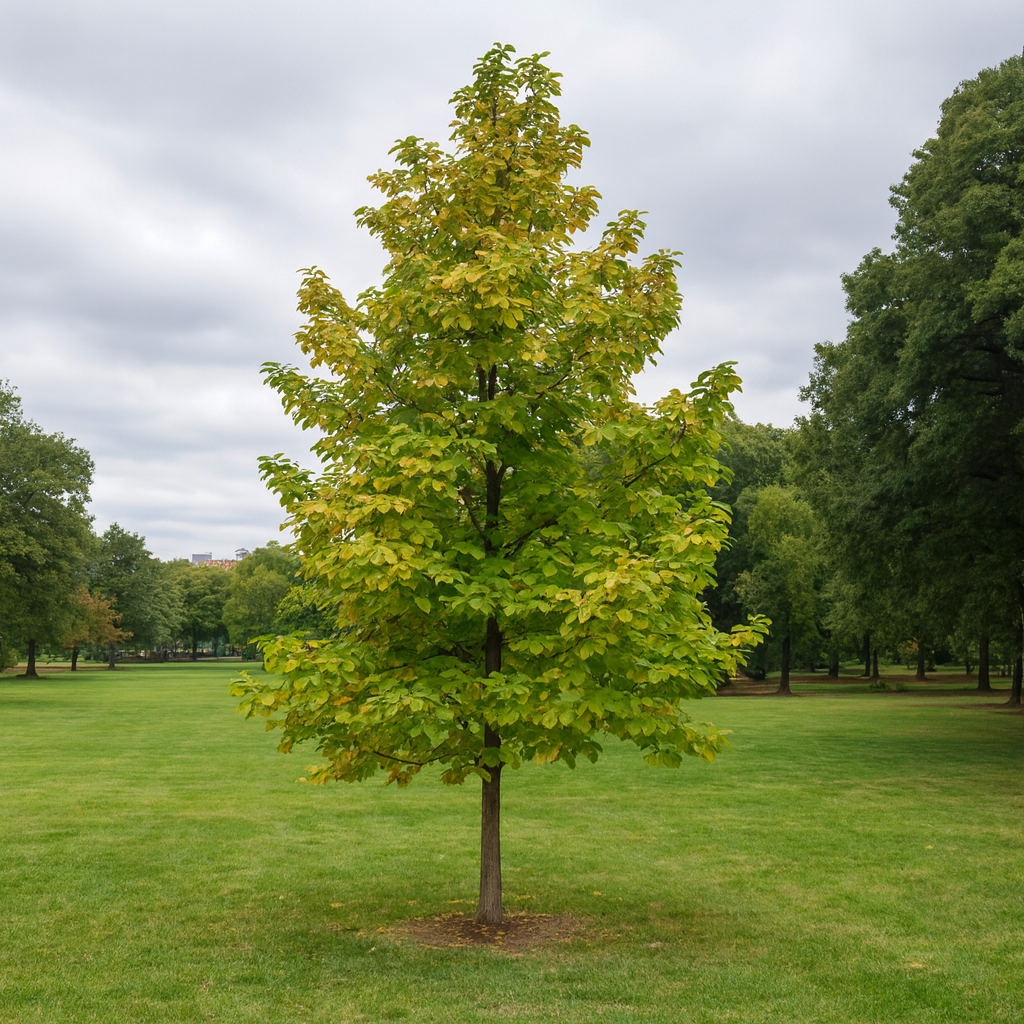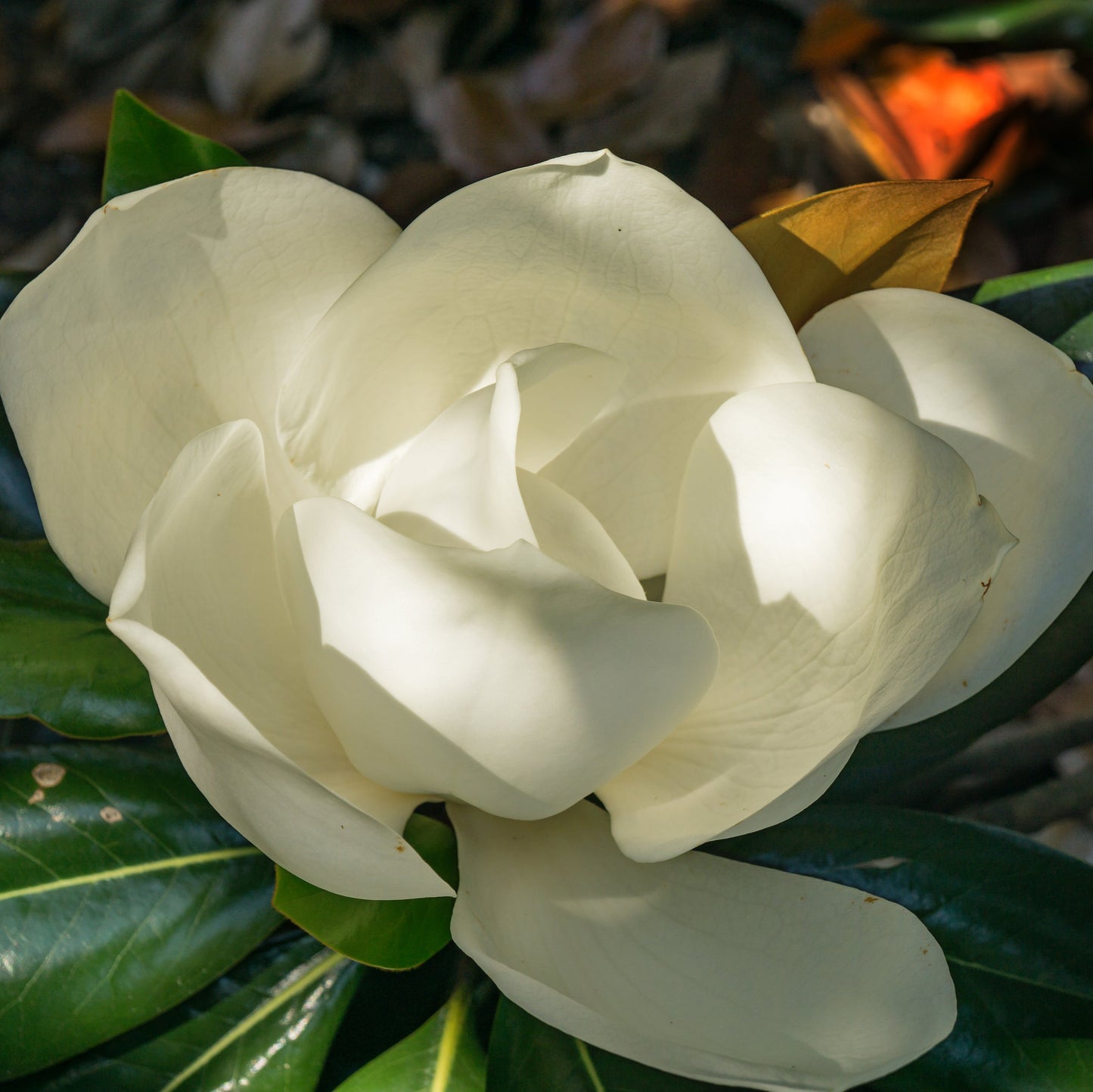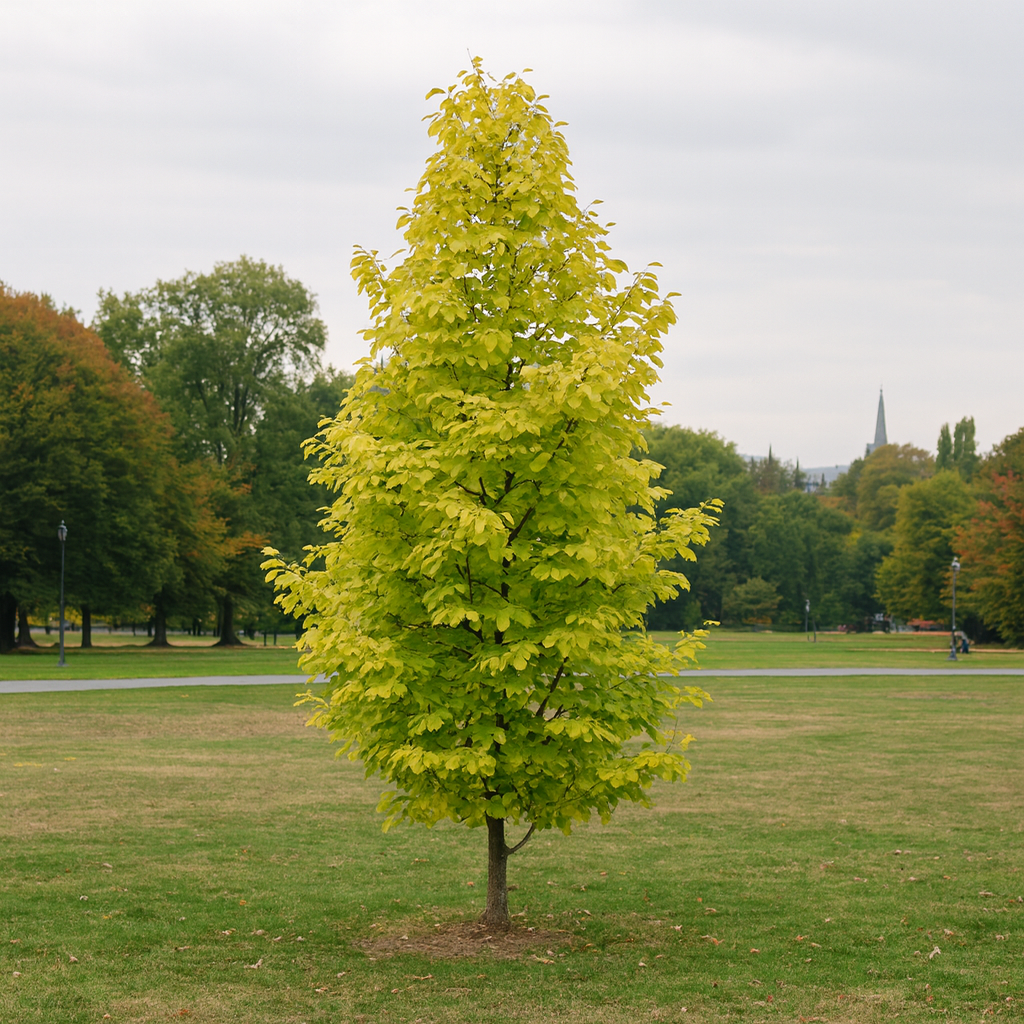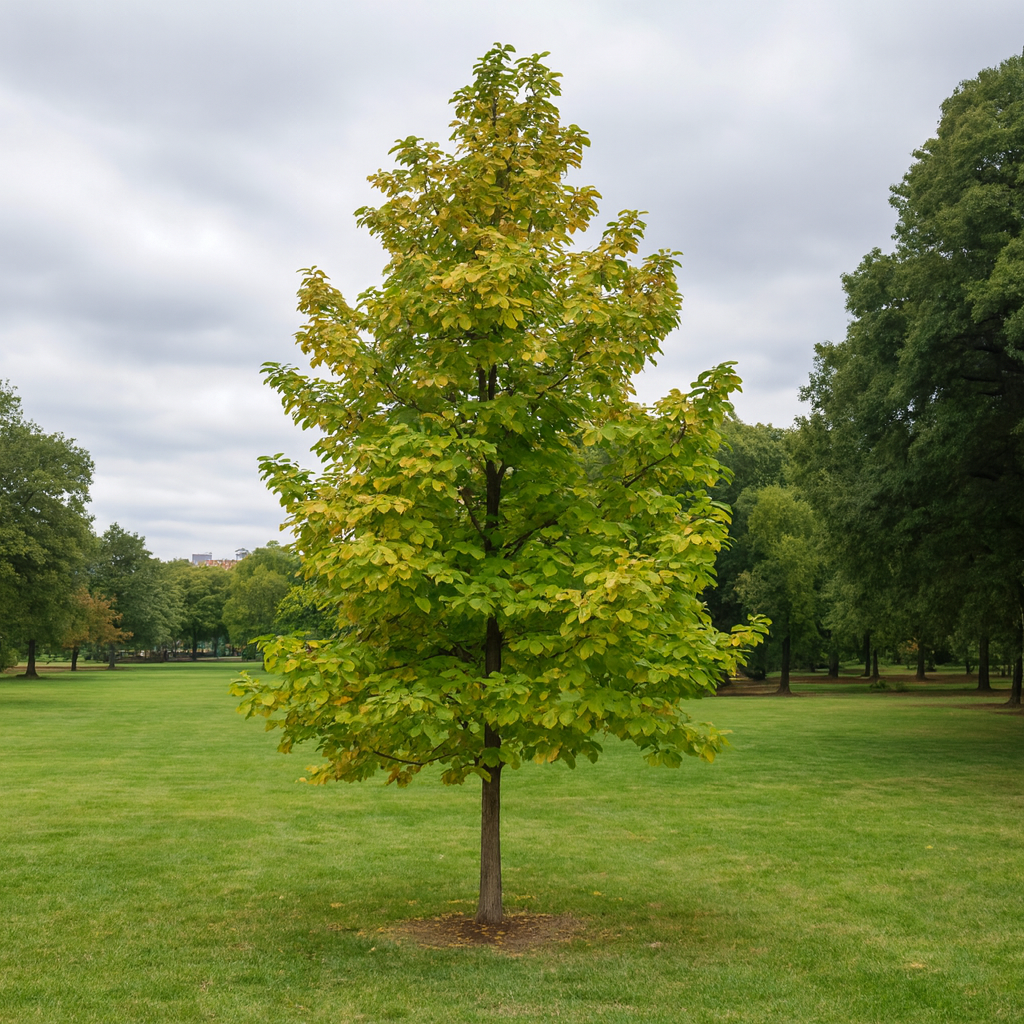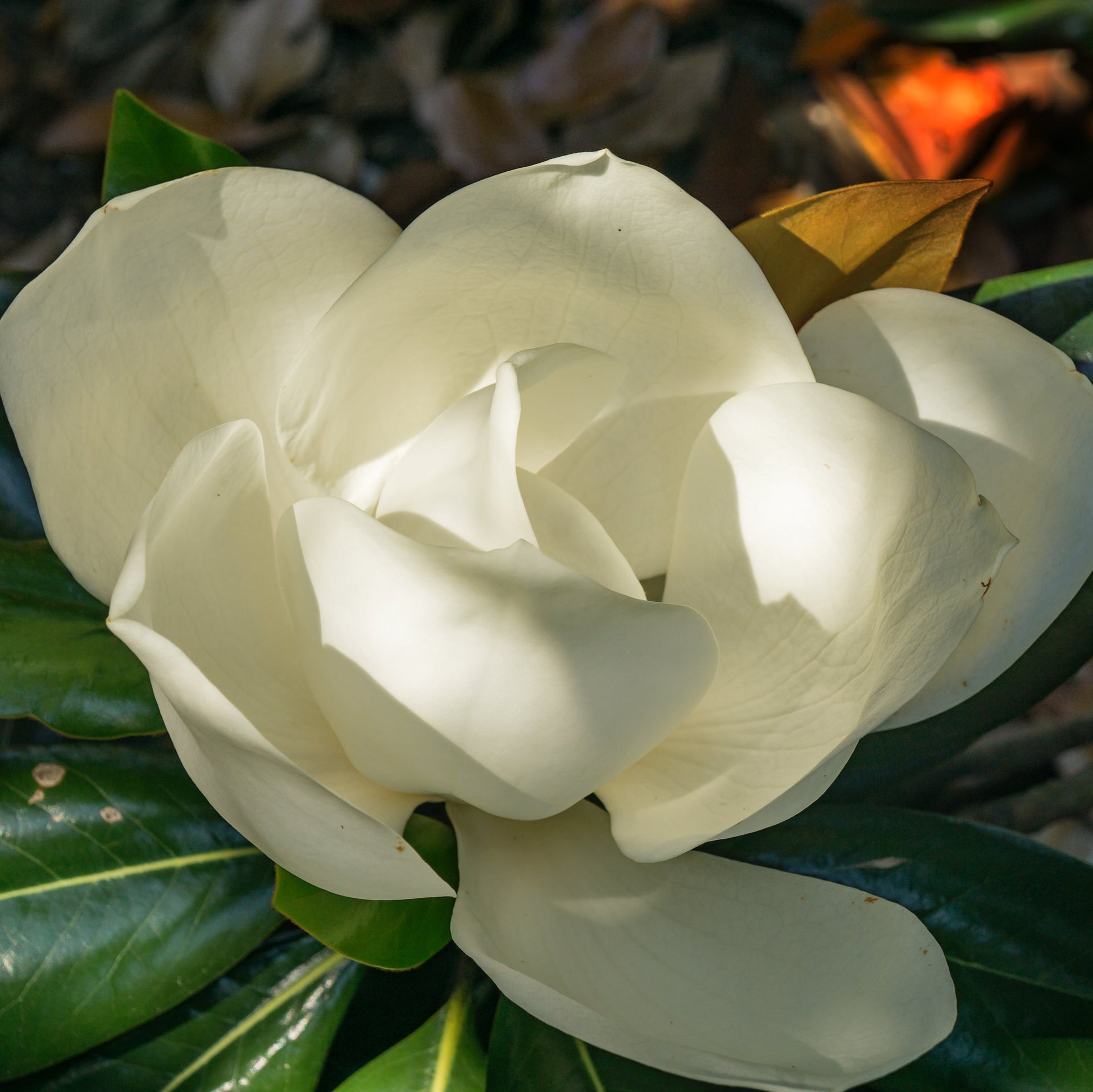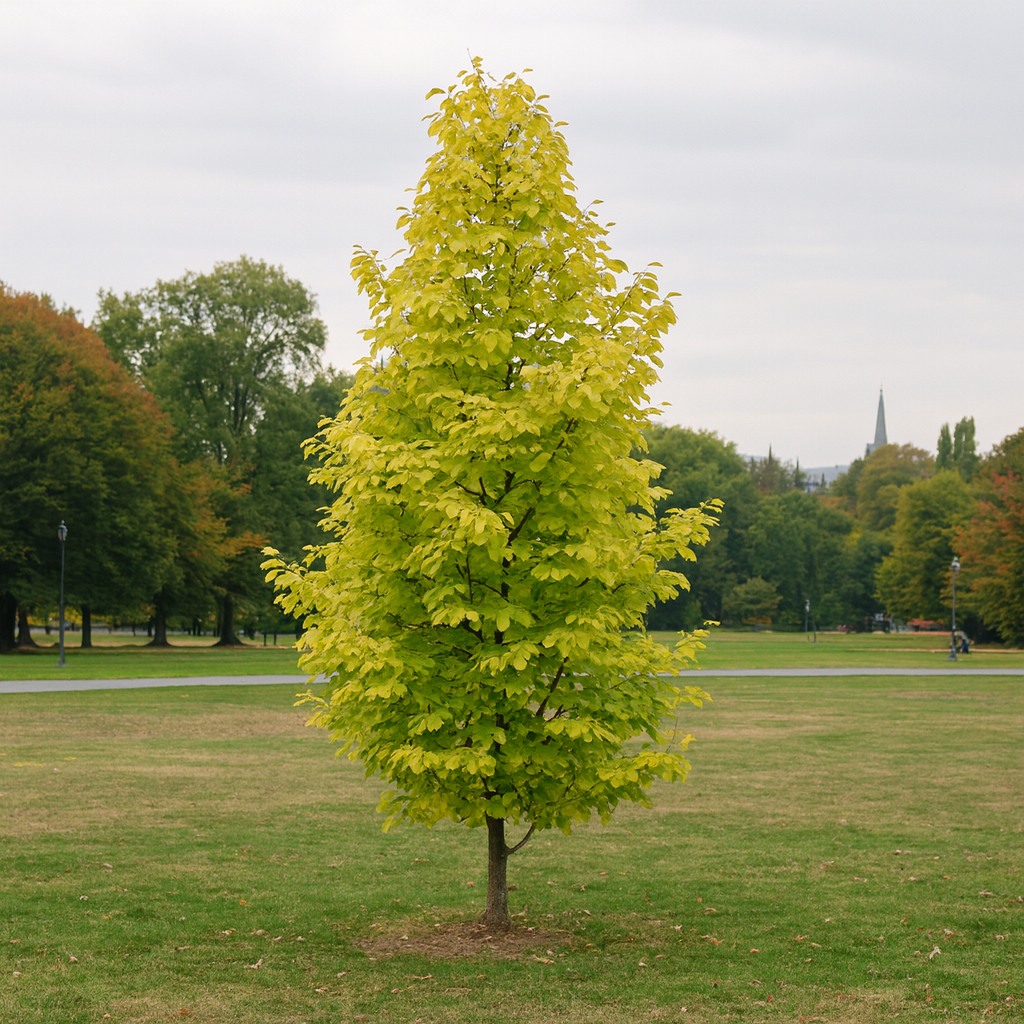Limited Quantities - Reserve Now For Fall
Fraser Magnolia Tree
Fraser Magnolia Tree
Couldn't load pickup availability
Magnolia fraseri
Fraser Magnolia
The Fraser Magnolia, also known as the Mountain Magnolia, is a rare Appalachian native prized for its enormous, tropical-looking leaves and large, fragrant white flowers. Its bold texture, striking presence, and wildlife-friendly benefits make it a standout choice for woodland gardens, native landscapes, or collectors seeking something truly unique.
With an open, upright form and creamy blooms in late spring, Fraser Magnolia brings elegance and ecological value to shaded and partially sunny areas.
Fraser Magnolia Overview
|
Attribute |
Details |
|
🌿 Botanical Name |
Magnolia fraseri |
|
🏷️ Common Names |
Fraser Magnolia, Mountain Magnolia, Earleaf Magnolia |
|
🌳 Mature Height |
30–50 feet |
|
🌐 Mature Width |
20–30 feet |
|
📈 Growth Rate |
Moderate (12–24" per year) |
|
⏳ Lifespan |
50–80+ years |
|
🧊 USDA Zones |
5–8 |
|
❄️ Chill Hours |
500–800 hours |
|
☀️ Sun Preference |
Partial shade to full sun (best in dappled light) |
|
🧱 Soil Type |
Rich, moist, well-drained loam |
|
⚖️ Soil pH |
Slightly acidic to neutral (5.5–7.0) |
|
💧 Water Needs |
Moderate; prefers evenly moist soil |
|
🌸 Flower Color |
Large, creamy white; late spring to early summer |
|
🍒 Fruit Type |
Cone-like pinkish seed pods with red seeds |
|
🐝 Pollinators |
Attracts beetles, bees, and native pollinators |
|
🌿 Growth Habit |
Open, upright branching with large leaves |
|
↔️ Spacing |
15–25 ft apart in landscape settings |
|
🏡 Landscape Uses |
Woodland edges, specimen tree, native restoration |
|
🧹 Maintenance Level |
Low to moderate |
Environmental Benefits
🌸 Offers nectar-rich blooms that attract beetles and pollinators
🌿 Provides shelter and food sources for birds and native insects
🍃 Massive leaves create cooling shade and help reduce erosion
🌱 Adds biodiversity to native forest or rewilded landscapes
Pros & Cons
|
✅ Pros |
⚠️ Cons |
|
🌸 Stunning, fragrant white flowers |
🪵 Not ideal for small yards due to size |
|
🍃 Massive tropical-looking foliage |
🍂 Leaf drop in fall can be messy in manicured spaces |
|
🐝 Native pollinator support and wildlife value |
🧪 Prefers acidic, rich soils and may struggle in poor conditions |
|
🧬 Rare native species with strong ecological appeal |
❄️ Not suitable for harsh northern zones |
|
🏞️ Excellent for naturalized and woodland settings |
💧 Needs consistent moisture, especially when young |
Planting & Care Guide
🛁 Water thoroughly before and after planting to reduce transplant shock
🕳️ Dig a wide hole and loosen soil well; plant at original depth
🌾 Add mulch around base to retain moisture and suppress weeds
💦 Keep soil moist—especially during dry spells in first 2–3 years
✂️ Minimal pruning; only remove dead or crossing branches
🧪 Apply organic compost or a light acid-loving fertilizer in spring
The Fraser Magnolia is a breathtaking native tree that transforms shaded gardens with bold foliage and sweet-scented blooms. A symbol of Appalachian beauty, this tree is ideal for collectors, rewilding projects, or anyone seeking a majestic specimen with deep ecological roots.
Share
